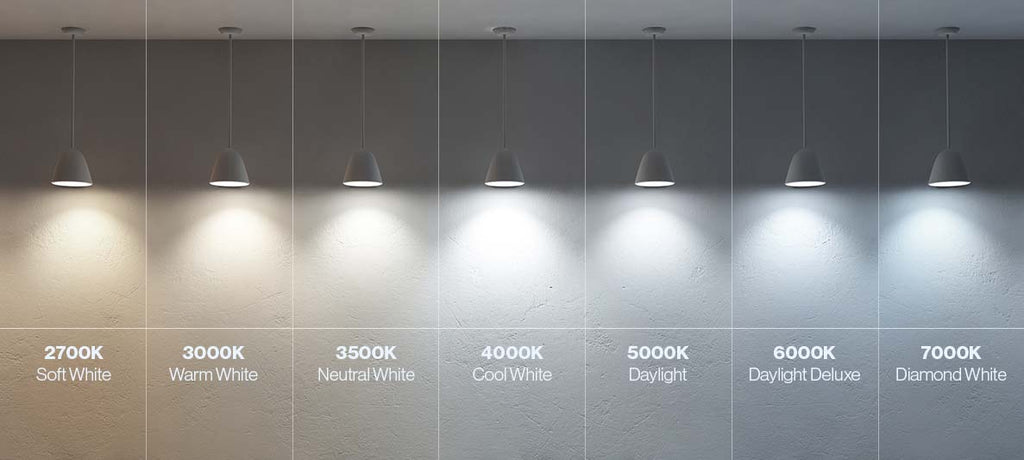What Contractors Should Know About the 2024-2025 IECC
Back in August, the International Code Council published the 2024 version of the International Energy Conservation Code (IECC). I know that’s a lot of big words and acronyms, but the IECC is basically a rule book for the formation of minimum design and construction requirements. Most states use this model code as the basis for their commercial building energy code to regulate energy-efficient building design.

The 2024 version updated a handful of things that anyone in the built environment should know. For just a short look at what's changed, this new version reduces lighting power allowances, expands control requirements and makes clarifications.
Here are some of the major lighting and control changes that you need to know a contractor or other built environment professional.
- Project Scope: The 2024 IECC removed the code exemption for projects involving replacement of less than 10% of interior luminaries in an alteration and added one for exterior projects adding or altering up to 400W.
- Lighting power allowances: The 2024 IECC generally reduced prescriptive lighting power allowances. For interior power allowances, the reductions are typically modest. For exterior allowances, some of the power reductions are significant.
- Horticultural lighting: This section of the IECC has been revised to show the new minimum photosynthetic photon efficacy for greenhouse and all other horticultural lighting. The lighting must now be controlled by a daylight-based or scheduled means of automatic shutoff.
- Lighting controls: The IECC requires that lighting be automatically reduced or turned off when not in use, based on three inputs: occupancy, a time event or light level (daylight). Additionally, manual controls are required as an override and for additional light reduction. In the 2024 version, the luminaire-level lighting controls code compliance path has been removed, making this an option again.
- Occupant sensing: Computer rooms (data centers), medical supply rooms (healthcare facilities), laundry/washing areas and telemedicine rooms (healthcare facilities) have been added to the list of spaces requiring occupant sensor controls.
- Time-switch controls: The 2024 IECC added a requirement that, where schedules aren’t available, the control system must be programmed to turn the lights off at least 12 hours per day.
- Dimming controls: Previously titled “light reduction controls,” this section has been utterly revised. Eliminating bilevel switching as an option, the 2024 IECC requires continuous dimming controls for general lighting in a list of spaces from classrooms to offices. The controls must be manual unless high-end trim lighting control is being implemented. The lights must be continuously dimmable from full output to at most 10% of full power in addition to off. The controls must be located so they are readily accessible to users and either enable the lights to be visible or otherwise indicate the area and status of the lights.
- Sleeping and dwelling unit controls: The 2024 IECC created a new, special section for sleeping and dwelling units and placed all control requirements and exceptions there. In sleeping units and dwelling units in hotels, motels and vacation time-share properties, at least two 125V, 15A and 20A switched receptacles must be provided in each room aside from bathrooms, kitchens, foyers, hallways and closets. Lighting controls must be installed that automatically turn all lights and switched receptacles off within 20 minutes of unit vacancy.
- Additional energy-efficiency requirements: Buildings complying with the 2024 IECC must enhance energy efficiency by acquiring credits and implementing various stretch energy-efficiency options listed on a table. This section has been completely revised. For lighting, options include high-end trim lighting controls, occupant sensors installed in more applications and with a 10-minute time delay, reduced lighting power and demand-responsive lighting controls. The credit for enhanced digital lighting controls was removed.
- Demand-responsive lighting controls: Demand-responsive lighting controls can be installed as an enhanced energy-efficiency option or if the jurisdiction adopts as ordinance Appendix CI103.1, which requires demand-responsive lighting controls be installed for lighting covering at least 75% of the interior floor area in certain building types. If demand-responsive lighting controls are installed, they must be capable of reducing the output of controlled lighting down to 80% or less of either full power (or full light output) after receiving a demand-response signal. If high-end trim is being implemented, the trim level is considered “full power” or “full output.” The lights should be continuously dimmed over a period up to 15 minutes.
- Functional testing and documentation: The 2024 IECC requires functional testing for lighting controls. Also new to this version, it requires automatic receptacle controls and, if implemented as enhanced energy-efficiency options, high-end trim and demand-responsive controls.
Contractors likely to work with the 2024 IECC may wish to start getting familiar with it. Get it here.


